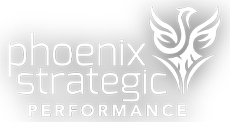In the past, I have written extensively about How to Make a Great Presentation. There are many do’s and don’ts on the topic. Recently, I attended a 3-day conference, (or attempted to try to make it through a 3-day conference). Sitting in the audience, I was continually reminded about everything that went wrong with the presentation process I was witnessing. So, I felt compelled to share the experience and some of my observations, hoping you don’t make any of these mistakes in your presentation. Always remember that humans are sitting in the audience. Don’t make them think twice about staying for your presentation.
- Plan the Conference Daily Agenda with People in Mind: Each day ran for 12 hours – yes, you’re reading this correctly – 12 hours! What were they thinking? Who can keep 300 people engaged for that long? You have to think highly of yourself to think you can be that interesting for 12 hours!










